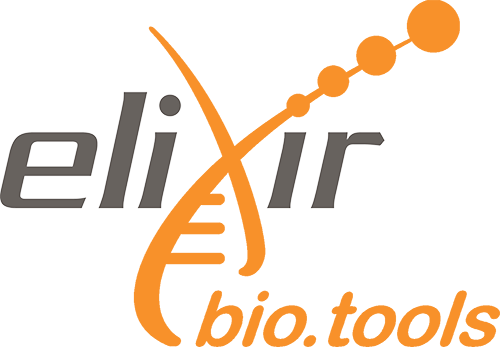e-learning
Quality Control
Abstract
During sequencing, the nucleotide bases in a DNA or RNA sample (library) are determined by the sequencer. For each fragment in the library, a sequence is generated, also called a read, which is simply a succession of nucleotides.
About This Material
This is a Hands-on Tutorial from the GTN which is usable either for individual self-study, or as a teaching material in a classroom.
Questions this will address
- How to perform quality control of NGS raw data?
- What are the quality parameters to check for a dataset?
- How to improve the quality of a dataset?
Learning Objectives
- Assess short reads FASTQ quality using FASTQE 🧬😎 and FastQC
- Assess long reads FASTQ quality using Nanoplot and PycoQC
- Perform quality correction with Cutadapt (short reads)
- Summarise quality metrics MultiQC
- Process single-end and paired-end data
Licence: Creative Commons Attribution 4.0 International
Keywords: Sequence analysis
Target audience: Students
Resource type: e-learning
Version: 48
Status: Active
Prerequisites:
Introduction to Galaxy Analyses
Learning objectives:
- Assess short reads FASTQ quality using FASTQE 🧬😎 and FastQC
- Assess long reads FASTQ quality using Nanoplot and PycoQC
- Perform quality correction with Cutadapt (short reads)
- Summarise quality metrics MultiQC
- Process single-end and paired-end data
Date modified: 2025-03-29
Date published: 2016-10-04
Contributors: Alexandre Cormier, Anika Erxleben, Anne Fouilloux, Anthony Bretaudeau, Anup Kumar, Björn Grüning, Bérénice Batut, Cristóbal Gallardo, Helena Rasche, Maria Doyle, Mateo Boudet, Matthias Bernt, Natalie Kucher, Nicola Soranzo, Saskia Hiltemann, Simon Bray, Swathi Nataraj, Teresa Müller, William Durand, Wolfgang Maier
Scientific topics: Sequence analysis
Activity log


